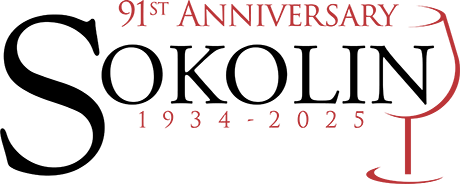Dense garnet in colour, this vintage of Masseto is restrained with a lavish elegance on the nose, displaying mint, milk, wild fennel (typical along the roads in Bolgheri), leather and white truffle. It is vibrant and mineral on the big palate, creamy at first then velvety on the mid-palate and super-ripe on the finish, woven with refreshing acidity and cassis meatiness. One of the greatest Masseto ever, and one of the best wines produced in Bolgheri (alongside Ornellaia 1998 and Sassicaia 1985). Simply, perfect! Drinking Window 2021 - 2041.Decanter | 100 DECThis is clearly a perfect wine and just now starting to open and show you its sheer beauty. It's balanced with fascinating rosemary and dark fruit character that turns to plums and light chocolate. The undertones on the nose remind me of walking through the Masseto vineyard during a cool summer's morning. It finally softens at the finish and shows a stunning fruit and acid tension. Finally softening and showing it true greatness. Decant four hours before.James Suckling | 100 JSEven better than the highly acclaimed 2001 vintage, this Merlot from a tiny, clay soil vineyard in Bolgheri is just about everything you've ever dreamed of tasting. Gorgeous, generous, voluptuous, cheerful, succulent and intense: Masseto is all those things. The aromas are seamless and capture the essence of chocolate fudge, sweet cherry, blackberry, spice and vanilla. It boasts thick, dense extraction, excellent structure and amazing persistence.Wine Enthusiast | 99 WEOffers a terrific bouquet of ripe, mellowing cherry and berry, accented by leather and incense hints. Shows fine tension between the firm, vibrant structure and ripe fruit, with grace notes of Mediterranean herbs, cigar box and mineral. Velvety and long, with a fabulous, fresh aftertaste. Merlot.—Non-blind Masseto vertical (October 2017). Drink now through 2038. 2,670 cases made, 520 cases imported.Wine Spectator | 99 WSThe 2001 Masseto is one of the all-time great wines here. Vertical and soaring in its intensity, the 2001 occupies all dimensions, especially texturally, where it is so rich, so heady and so compelling. Next to other wines, or other vintages, the 2001 just has more of everything. I imagine well-stored bottles will drink well for another 15-20 years. The 2001’s reputation as an iconic wine is clearly justified. This magical vintage was marked by cooling temperatures in September that resulted in a drawn out harvest that took four weeks to complete. Note: The bottle in the Nashville tasting was not perfect, so this note corresponds to a more recent and more representative example. I have seen more bottle variation with the 2001 than other vintages.Antonio Galloni | 98 AGThe massive 2001 Masseto forms with Le Macchiole’s Messorio and Tua Rita’s Redigaffi a trio of world class Merlots in a ten square mile area where the variety virtually did not exist 15 years ago. The volume, richness, and sumptuousness are almost beyond description, as are the length and density of the flow and finish, but there is an underlying vein of purity and freshness which help maintain an impeccable balance. Drink: 2006-2025.Robert Parker Wine Advocate | 98 RP
